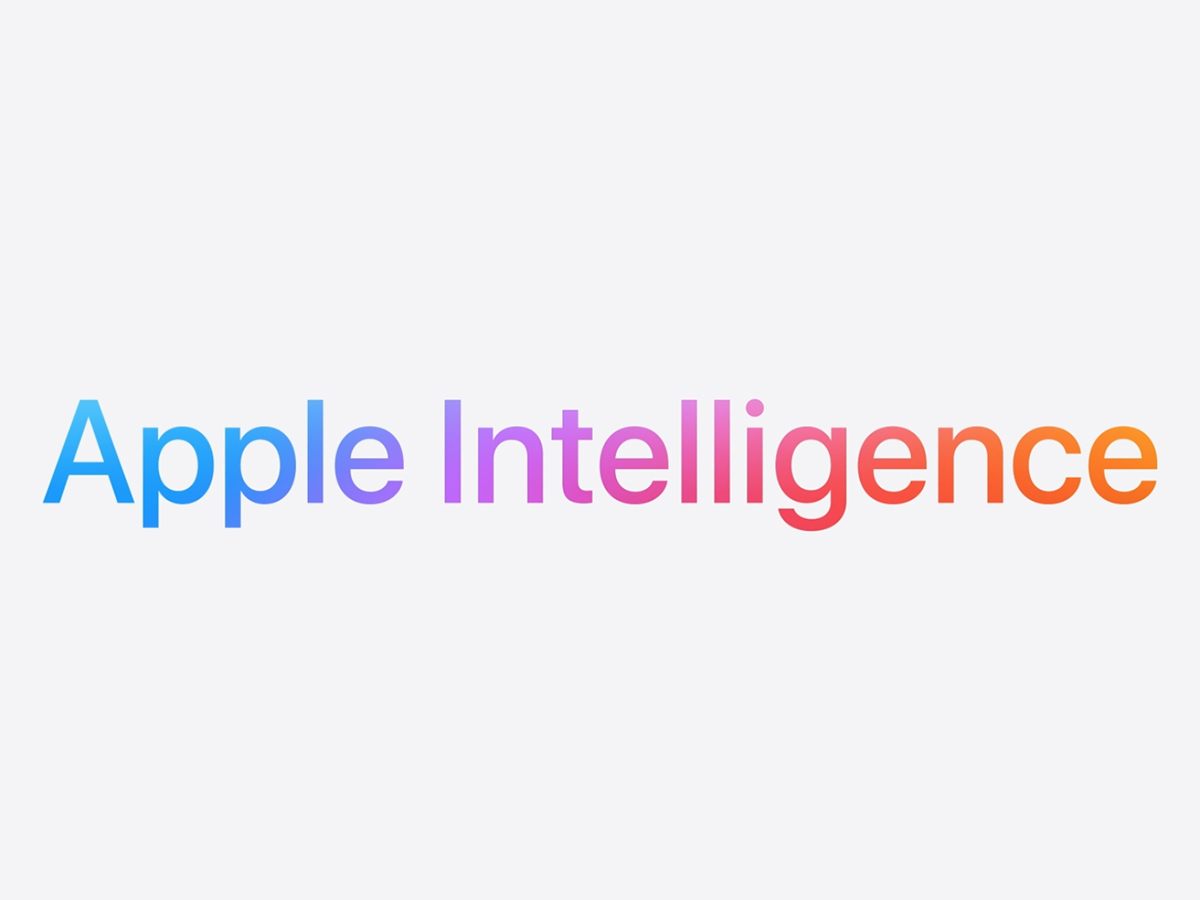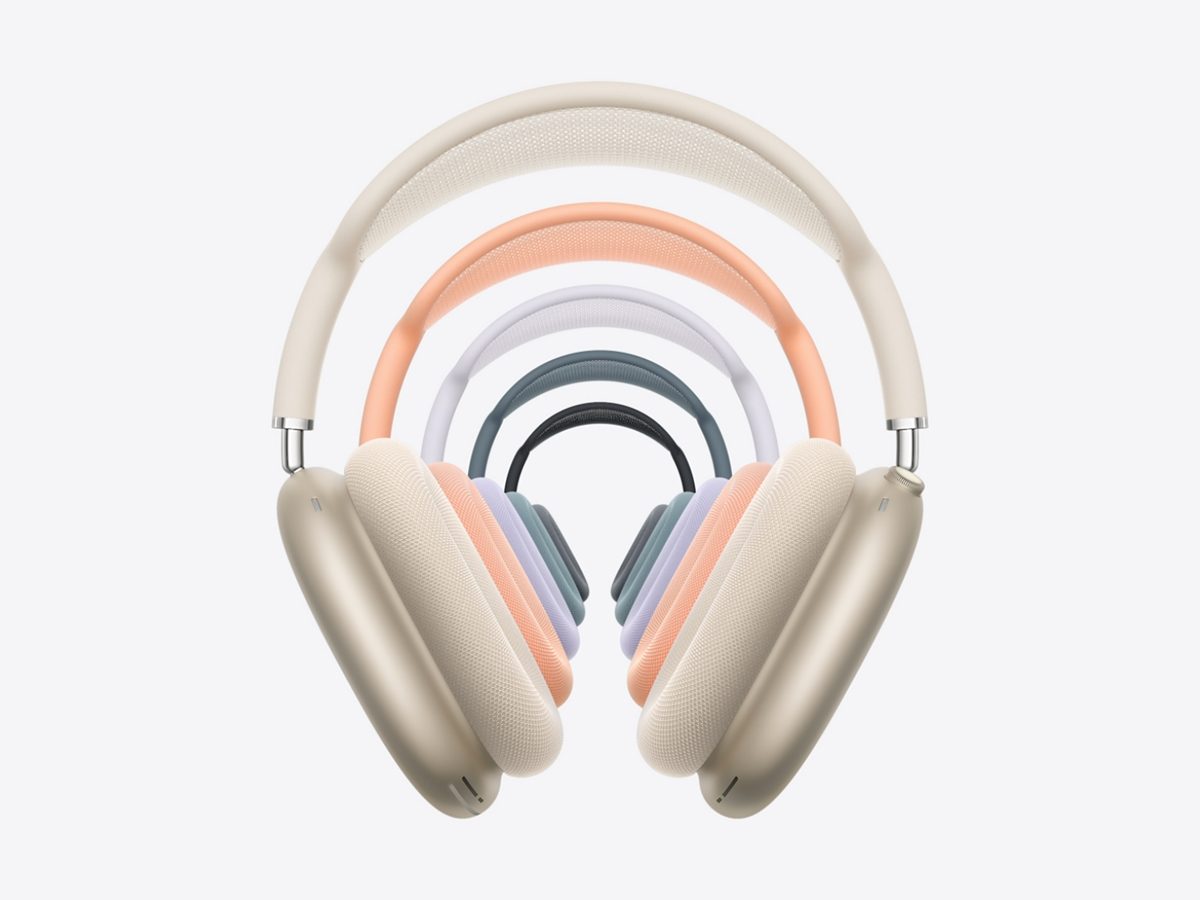A day after the dust has settled on Apple’s “biggest event of the year”, the stillness of the Steve Jobs Theatre makes it easier to reflect on what just happened. The euphoria of being ushered into the subterranean world of Steve Jobs’ vision to the frenzy of the hands-on area post keynote, day one at any Apple event is like being in an 8-yr old boy's body who is bouncing off the walls with a sugar rush.
Day two is when it all gets coherent and you can make more objective opinions on what’s hot or not. Amidst the ‘same same but different’ hardware, there were some key areas where Apple has made huge strides and as we may discover in 2025, not being the first could be the better strategy. At least when it comes to Apple Intelligence.

.jpg&w=35&h=35&q=70&c=1)




